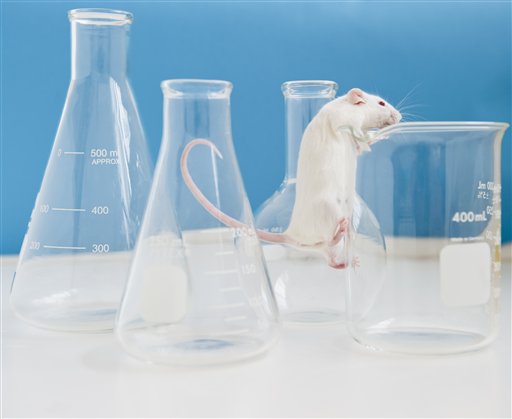The National Institutes of Health spent over $10 million to address gender disparities in research—among mice.
"There's been a male tilt to biomedical research for a long time," according to a report published by NPR. "The National Institutes of Health is trying to change that and is looking to bring gender balance all the way down to the earliest stages of research. As a condition of NIH funding, researchers will now have to include female and male animals in their biomedical studies."
The agency announced in 2014 it would spend $10.1 million for scientists to "add a sex/gender lens to their currently funded research projects."
"This program leverages NIH’s current investments in science to now go deeper, and paves the way for a transformative shift that can help overcome historical gaps in our knowledge of female biology in both preclinical and clinical studies," the agency said.
The NPR report noted that not all researchers see the benefit of addressing a gender gap for animals used in research, because "mice aren’t people."
"When the policy was first announced, people were pumped about it, says Sarah Richardson, a professor at Harvard who studies the history and philosophy of science," the article said.
"But she and other researchers maintain that if the goal is to address women's health inequities, the policy on animal research isn't likely to be effective by itself," it continued. "Mice aren't people. Richardson also says the focus on animals could distract scientists from the big picture: what happens in real living humans."
